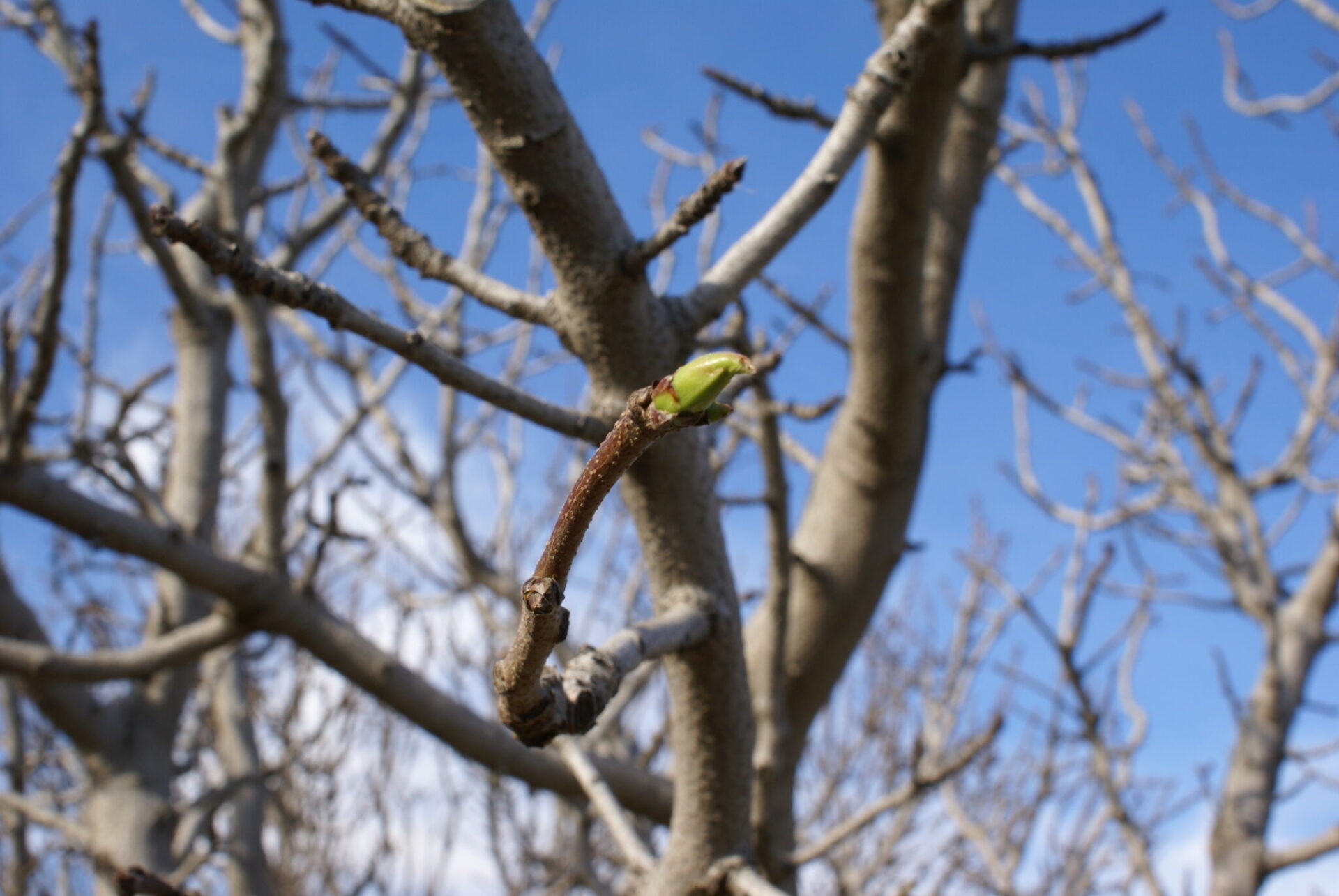
A new pistachio research project is developing an optimized nitrogen management tool for ‘early warning’ monitoring in ‘Golden Hills’ and ‘Lost Hills’ pistachio varieties.
The project, which is funded by the California Pistachio Research Board and led by UCCE Farm Advisor Doug Amaral, also aims to develop demand curves for nitrogen and other nutrients which will guide the quantity and time of fertilizer applications, allowing growers to match fertilizer supply with crop demand.
“The availability of a decision support tool will allow growers to optimize the quantity and timing of nitrogen applications, potentially reducing nitrogen contamination and fertilizer costs while maintaining potential yields,” Amaral said.
Given the considerable expanding acreage of Golden Hills and Lost Hills and its occurrence in high vulnerability regions, Amaral said that any improvement in N management would have a large impact on mitigating N losses to the environment.

As for why Golden Hills and Lost Hills are being researched specifically, Amaral noted some of their positive characteristics compared to other important commercial cultivars like Kerman. “According to a recent report, the new cultivars Golden Hills and Lost Hills demonstrated a range of earlier bloom and harvest dates [compared to] Kerman and some improved nut quality characteristics, such as a higher percentage of split in-shell nuts and fewer closed shell and blank nuts,” he said.
Currently, the project, which began in March 2021, is being conducted in high-yielding commercial pistachio orchards in the San Joaquin Valley, and each cultivar is being monitored for nutrient content and yield changes to address variable yield and the possibility that N removal rates will vary by site, yield or blank nuts percentage, Amaral said.
Although the project will emphasize N, it will include analysis of all essential elements commonly applied in pistachio so that additional models can ultimately be developed for other essential elements, such as potassium, according to Amaral.
“Efficient and responsive fertilizer strategies are essential if we are to protect the Californian environment from non-point fertilizer pollution and are an economic imperative as consumers increasingly demand sustainable production techniques,” he said.










